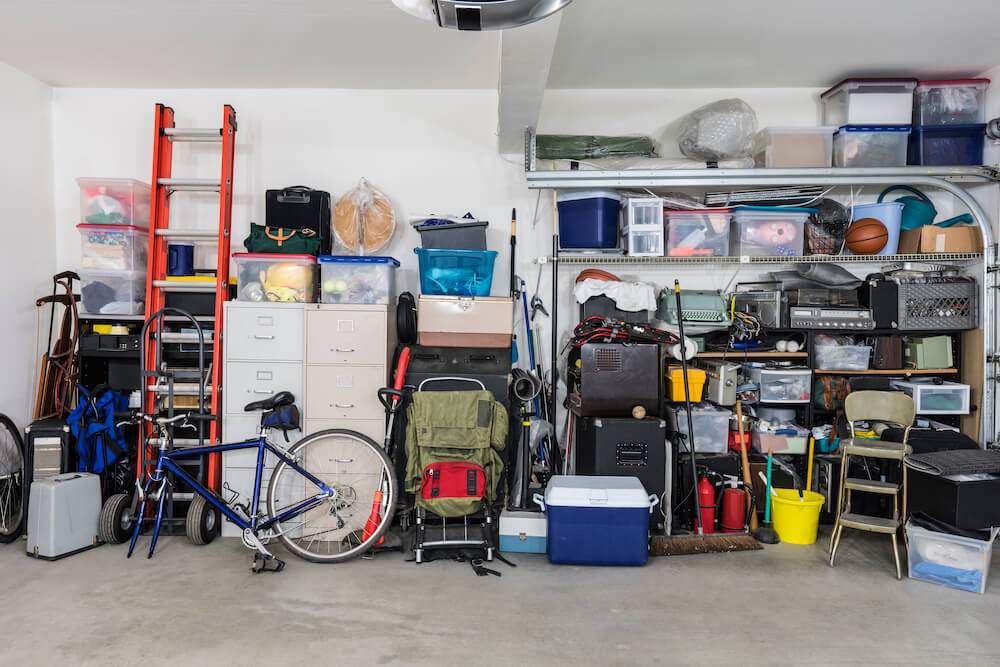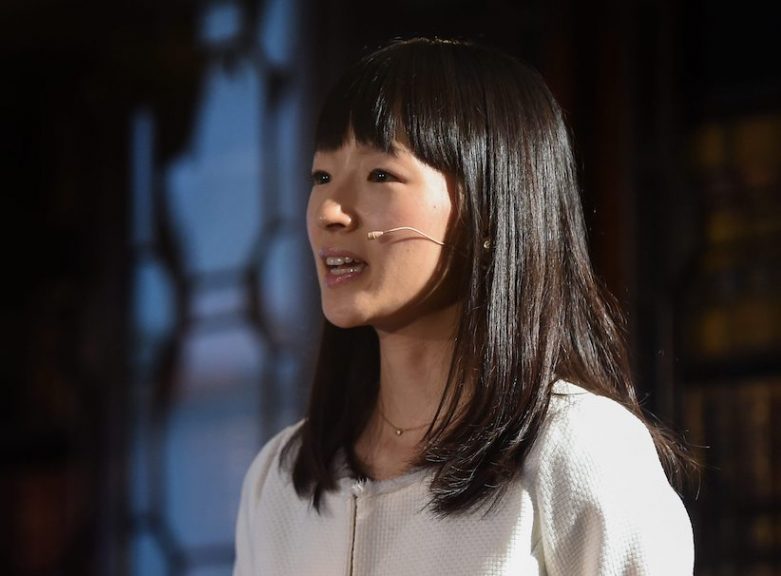Somebody’s making money off your junk. Shouldn’t it be you?
If you’re considering decluttering, here’s a strategy for responsibly discarding all your unwanted items
Advertisement
If you’re considering decluttering, here’s a strategy for responsibly discarding all your unwanted items


Share this article Share on Facebook Share on Twitter Share on Linkedin Share on Reddit Share on Email